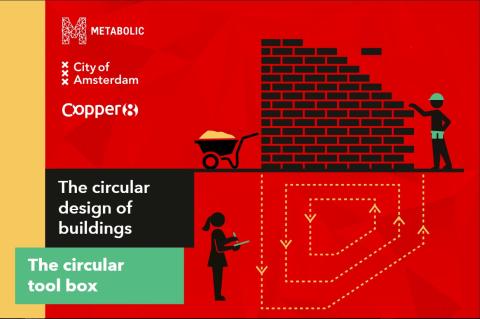The circular design of buildings
Circular design is gaining momentum as regards creating both a sustainable built environment and public spaces. Circular design makes buildings more adaptable and facilitates the high-value reuse of a structure’s materials once they have reached the end of their life.
This toolbox article The circular design of buildings summarises the circular design of buildings in eight core principles. They are based on two key elements: circular design and the circular use of materials.
Circular construction requires a different design process than the traditional approach. It involves the expertise of external parties specialising in circular design methods of flexible, detachable and waste-free construction. In terms of costs, a circularly designed building or structure does not necessarily have to be more expensive. Consider the structure’s entire life cycle: over time, a circular approach results in less investment in maintenance and interim adjustments. The residual value of materials also remains higher. Some important decisions at the very beginning of the process help ensure a circular design’s success, and they are outlined in the article.

